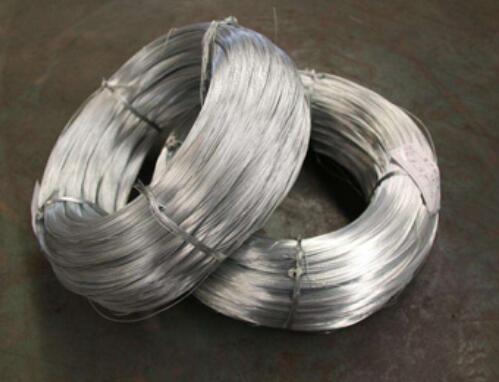The Versatility and Aesthetic Appeal of Custom Perforated Metal Screens
In recent years, custom perforated metal screens have emerged as a vital element in architectural design, industrial applications, and interior decorations. This innovative material combines functionality with aesthetic appeal, making it a preferred choice for a wide variety of projects, ranging from facades and partitions to furniture and decorative installations. As industries continue to evolve, so does the demand for versatile materials that effectively blend performance with design cohesiveness.
Understanding Perforated Metal Screens
Perforated metal screens are sheets of metal that have been punctured with a series of holes, patterns, and shapes. These screens can be made from various metals, including stainless steel, aluminum, and carbon steel. The perforation patterns can vary widely—from uniform hole sizes to intricate designs—allowing for an extensive range of customization options. This flexibility opens up countless opportunities for architects and designers to create distinctive solutions tailored to their specific needs.
Functional Applications
The functional applications of custom perforated metal screens are numerous. One of the primary uses is in building facades, where they serve as both a protective barrier and an aesthetic feature. By allowing light and air to pass through while maintaining privacy and security, perforated screens help in increasing energy efficiency in buildings. They can reduce heat build-up and glare from the sun, improving comfort levels for the occupants inside.
In industrial settings, these screens provide effective ventilation and filtration. They can be employed in various machinery for dust control and air purification, thereby enhancing workplace safety and efficiency. Moreover, perforated metal screens can also be utilized in noise attenuation applications, such as in hotels, residential buildings, and public spaces, where they can help maintain a pleasant acoustic environment.
Aesthetic Applications
custom perforated metal screen

Beyond their functional uses, custom perforated metal screens offer immense aesthetic benefits. Their ability to incorporate unique designs allows designers to add an artistic touch to their projects. Whether it's an intricate geometric pattern, a natural motif, or a corporate logo, these screens can be manufactured to align with specific branding or thematic concepts.
Additionally, perforated metal screens are commonly used in landscaping and outdoor spaces. They can serve as decorative fencing, garden screens, or shade structures, contributing to the ambiance of the area while providing necessary functional support. The interplay of light and shadow created by these screens adds depth and visual interest to outdoor environments.
Sustainability Considerations
In today's environmentally conscious world, sustainability is a crucial factor in material selection. Custom perforated metal screens are often made from recyclable materials, making them a sustainable choice for eco-aware projects. Their longevity and durability also mean that they can withstand the test of time, reducing the need for frequent replacements and minimizing waste.
The Customization Process
The customization process for perforated metal screens typically involves a series of steps to ensure the final product aligns perfectly with the intended application. Initial consultations allow designers to discuss their vision, needs, and specific requirements. After that, skilled engineers utilize advanced technology, such as computer numerical control (CNC) machines, to create precise perforation patterns. Prototyping may follow, allowing stakeholders to evaluate the design before mass production begins. This meticulous process ensures that every project results in a unique and functional masterpiece.
Conclusion
Custom perforated metal screens serve as a crossroads between utility and beauty, standing out as one of the most versatile materials in current design and architectural trends. Their multifaceted applications, combined with the potential for unique aesthetic expression, make them indispensable in various fields—from modern architecture to industrial facilities. As technology advances and design paradigms continue to shift, the role of custom perforated metal screens is likely to expand even further, inspiring creators to explore new horizons in form and function. Whether for external facades or internal spaces, these screens are not just elements of design; they are transformative features that enhance our built environments.

















